Weather conditions have been challenging on Roy and Marilyn Mayers’ farm over the past month with rain holding up key management tasks.
Silage has been one such casualty to weather with frequent showers hampering progress.
There is no specific silage area closed off for first cut on the farm.
Instead, Roy and Marilyn prefer to cut surplus grass from the grazing platform and bale for silage. This keeps grass quality under control for finishing lambs.
So far, 25 acres of silage has been taken out of the rotation since the start of June.
Due to the weather, some paddocks have been cut on time while others were cut later than planned.
There is another 25 acres of surplus grass ready for cutting and if weather conditions allow, Roy is aiming to get this job finished next week.
Second cut
There will be 25 acres closed off for second cut. This ground lies on an outfarm and has received slurry, but no chemical fertiliser yet.
The plan would be to get nitrogen on this ground as soon as possible.
In previous years, this outfarm has traditionally been rented out. But with the sheep flock expanding from 160 ewes in 2019 to 300 head this year, the land is now being farmed.
If things go to plan, the crops will be harvested and fed to ewes in the run-up to lambing
It was initially fertilised for first-cut silage. But with a lot of surplus grass on the grazing block, Roy and Marilyn decided to sell the grass as a standing crop.
Hay
Although weather conditions were far from ideal, there has been some hay saved with 100 small, pickup bales made from surplus grass.
Grass was mown and lay for a week before baling up early last week. It did get some rain but has been saved in good condition.
Protein crops
Never afraid to give something new a go, Roy has decided to plant a 3.5ac field with lupins and a further 15 acres of spring beans.
The crops have been grown under the protein crop scheme. Lupins were sown out in early May with Roy stating the grant aid under the scheme covers the cost of the seed.
A post-emergence herbicide has been applied and as the plant is a legume, it has not, nor will not get any fertiliser as it can fix its own nitrogen.
If things go to plan, the crops will be harvested and fed to ewes in the run-up to lambing, offsetting the need for purchased concentrate with a high protein content. If the beans cannot be combined, they will be baled and double-wrapped.
Weaning under way for 2022 lamb crop
Weaning is under way with close on 320 lambs no longer on the ewe. Most lambs were weaned on Saturday 10 June.
Since weaning, the lambs have been given priority grazing on the best paddocks in a rotational paddock setup.
The ewes were dried off on bare ground and are now being used to clean out stemmy, harder grass swards that have gone to seed, or rejected grass lambs leave behind.
At weaning, lambs were weighed and from birth, the majority of animals have been gaining 300g to 320g/day.
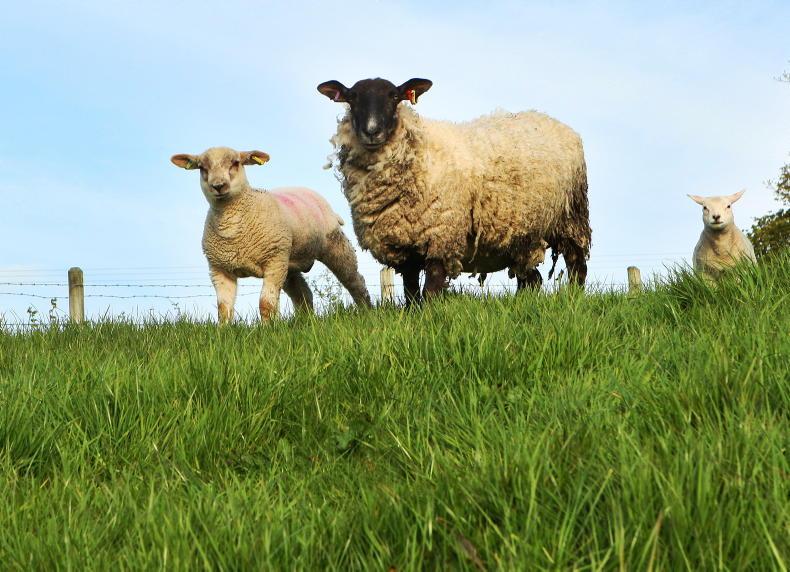
The flock has built up to 300 ewes this year from 160 in 2019. \ Houston Green
A lot of lambs are close to drafting weight and the plan is to weigh again towards the end of this week, then take out the first draft of slaughter fit animals for sale.
Hopefully, weaning has not disrupted weight gains too much.
Cobalt drench
Two years ago, lamb performance was poor after weaning with animals struggling to gain weight over the summer.
After some investigation, lambs were lacking in cobalt and when treated, performance kicked on.
Last year, a cobalt drench was routinely given over the summer.
When weaning lambs in mid-June, animals were given their first cobalt drench to keep performance levels high this summer.
Worming
Sheep are weighed on an electronic bridge and at weaning, lambs doing less than 150g/day had faecal egg counts taken and were wormed with an Ivermectin-based product. Regular weighing will be used to make decisions on whether further treatments will be required in the coming weeks.
Selecting replacements
and culling ewes
Once lambs start being drafted for slaughter, the aim is to begin pulling out ewe lambs for potential flock replacements.
Again, liveweight gain will be a big factor in these decisions as fast-growing lambs reflect good genetics but, more importantly, they also highlight the best milking ewes on farm.
Potential replacements will also be a twin or triplet as prolificacy is still important, but it no longer gets the same priority as it did in the past.
With the flock increasing to its limit at 300 breeding females, all replacements will be sourced from homebred animals.
In recent years, additional replacements were purchased to build numbers quickly but this will not be replicated this autumn.
Cull ewes
No ewes have been culled yet, but is something that will be carried out in the coming weeks once animals are gathered for clipping and treated for external parasites and fly control.
Read more
Sheep price update: mart trade providing more positives
Slashing of lamb prices could create long-term damage - INHFA
Weather conditions have been challenging on Roy and Marilyn Mayers’ farm over the past month with rain holding up key management tasks.
Silage has been one such casualty to weather with frequent showers hampering progress.
There is no specific silage area closed off for first cut on the farm.
Instead, Roy and Marilyn prefer to cut surplus grass from the grazing platform and bale for silage. This keeps grass quality under control for finishing lambs.
So far, 25 acres of silage has been taken out of the rotation since the start of June.
Due to the weather, some paddocks have been cut on time while others were cut later than planned.
There is another 25 acres of surplus grass ready for cutting and if weather conditions allow, Roy is aiming to get this job finished next week.
Second cut
There will be 25 acres closed off for second cut. This ground lies on an outfarm and has received slurry, but no chemical fertiliser yet.
The plan would be to get nitrogen on this ground as soon as possible.
In previous years, this outfarm has traditionally been rented out. But with the sheep flock expanding from 160 ewes in 2019 to 300 head this year, the land is now being farmed.
If things go to plan, the crops will be harvested and fed to ewes in the run-up to lambing
It was initially fertilised for first-cut silage. But with a lot of surplus grass on the grazing block, Roy and Marilyn decided to sell the grass as a standing crop.
Hay
Although weather conditions were far from ideal, there has been some hay saved with 100 small, pickup bales made from surplus grass.
Grass was mown and lay for a week before baling up early last week. It did get some rain but has been saved in good condition.
Protein crops
Never afraid to give something new a go, Roy has decided to plant a 3.5ac field with lupins and a further 15 acres of spring beans.
The crops have been grown under the protein crop scheme. Lupins were sown out in early May with Roy stating the grant aid under the scheme covers the cost of the seed.
A post-emergence herbicide has been applied and as the plant is a legume, it has not, nor will not get any fertiliser as it can fix its own nitrogen.
If things go to plan, the crops will be harvested and fed to ewes in the run-up to lambing, offsetting the need for purchased concentrate with a high protein content. If the beans cannot be combined, they will be baled and double-wrapped.
Weaning under way for 2022 lamb crop
Weaning is under way with close on 320 lambs no longer on the ewe. Most lambs were weaned on Saturday 10 June.
Since weaning, the lambs have been given priority grazing on the best paddocks in a rotational paddock setup.
The ewes were dried off on bare ground and are now being used to clean out stemmy, harder grass swards that have gone to seed, or rejected grass lambs leave behind.
At weaning, lambs were weighed and from birth, the majority of animals have been gaining 300g to 320g/day.

The flock has built up to 300 ewes this year from 160 in 2019. \ Houston Green
A lot of lambs are close to drafting weight and the plan is to weigh again towards the end of this week, then take out the first draft of slaughter fit animals for sale.
Hopefully, weaning has not disrupted weight gains too much.
Cobalt drench
Two years ago, lamb performance was poor after weaning with animals struggling to gain weight over the summer.
After some investigation, lambs were lacking in cobalt and when treated, performance kicked on.
Last year, a cobalt drench was routinely given over the summer.
When weaning lambs in mid-June, animals were given their first cobalt drench to keep performance levels high this summer.
Worming
Sheep are weighed on an electronic bridge and at weaning, lambs doing less than 150g/day had faecal egg counts taken and were wormed with an Ivermectin-based product. Regular weighing will be used to make decisions on whether further treatments will be required in the coming weeks.
Selecting replacements
and culling ewes
Once lambs start being drafted for slaughter, the aim is to begin pulling out ewe lambs for potential flock replacements.
Again, liveweight gain will be a big factor in these decisions as fast-growing lambs reflect good genetics but, more importantly, they also highlight the best milking ewes on farm.
Potential replacements will also be a twin or triplet as prolificacy is still important, but it no longer gets the same priority as it did in the past.
With the flock increasing to its limit at 300 breeding females, all replacements will be sourced from homebred animals.
In recent years, additional replacements were purchased to build numbers quickly but this will not be replicated this autumn.
Cull ewes
No ewes have been culled yet, but is something that will be carried out in the coming weeks once animals are gathered for clipping and treated for external parasites and fly control.
Read more
Sheep price update: mart trade providing more positives
Slashing of lamb prices could create long-term damage - INHFA





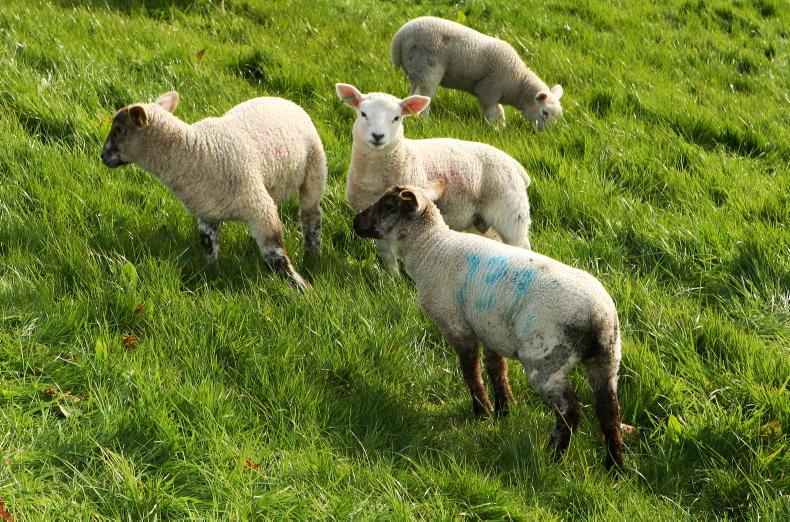
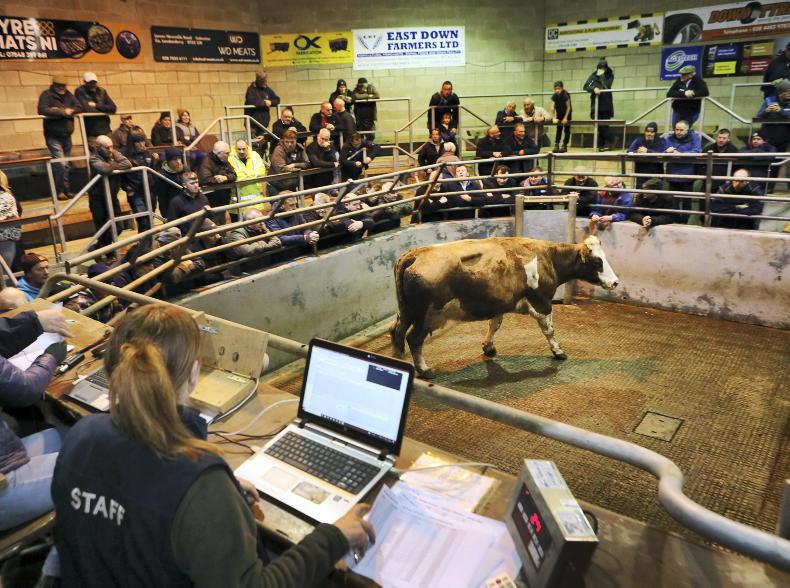

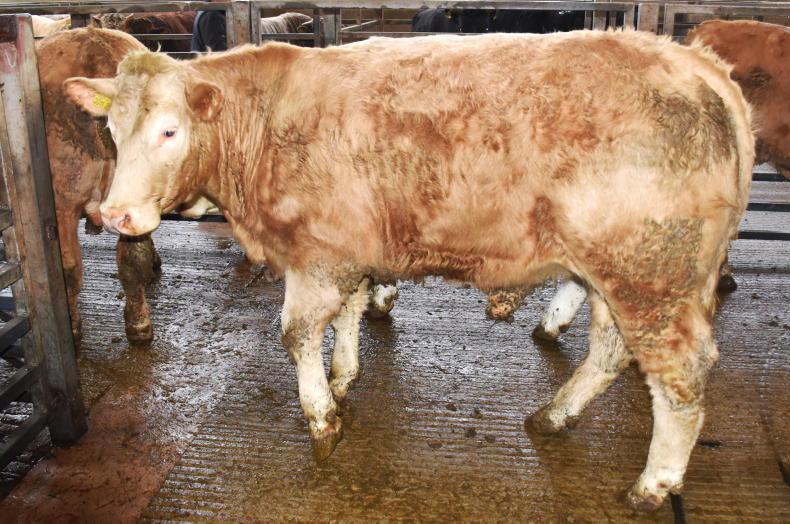
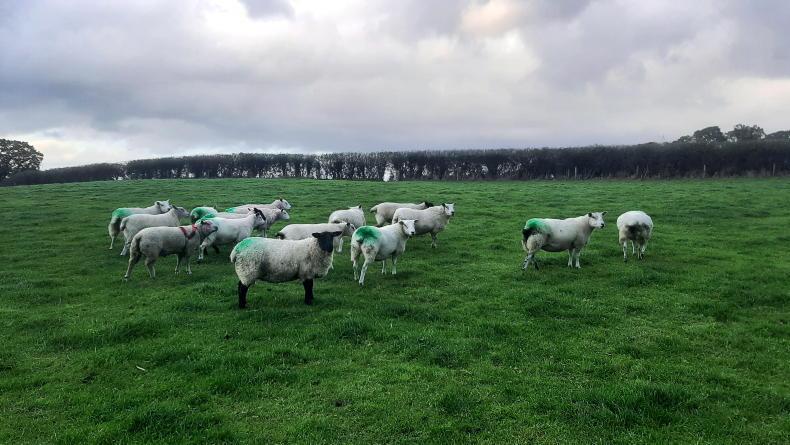
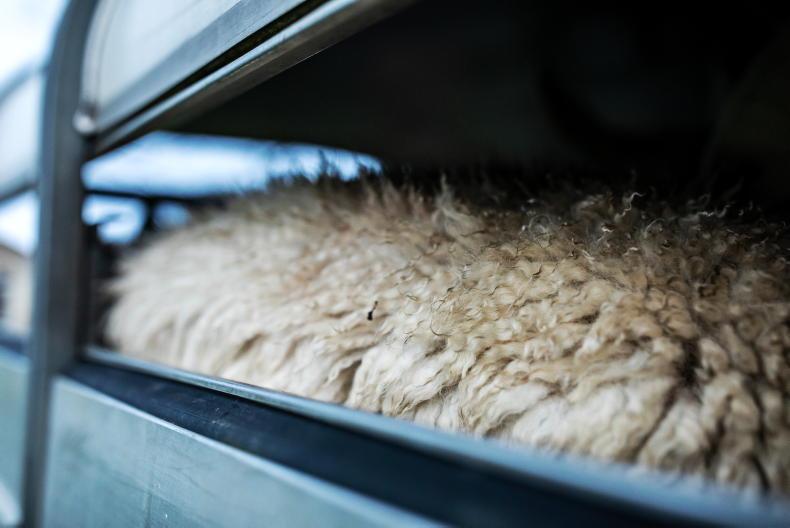
SHARING OPTIONS